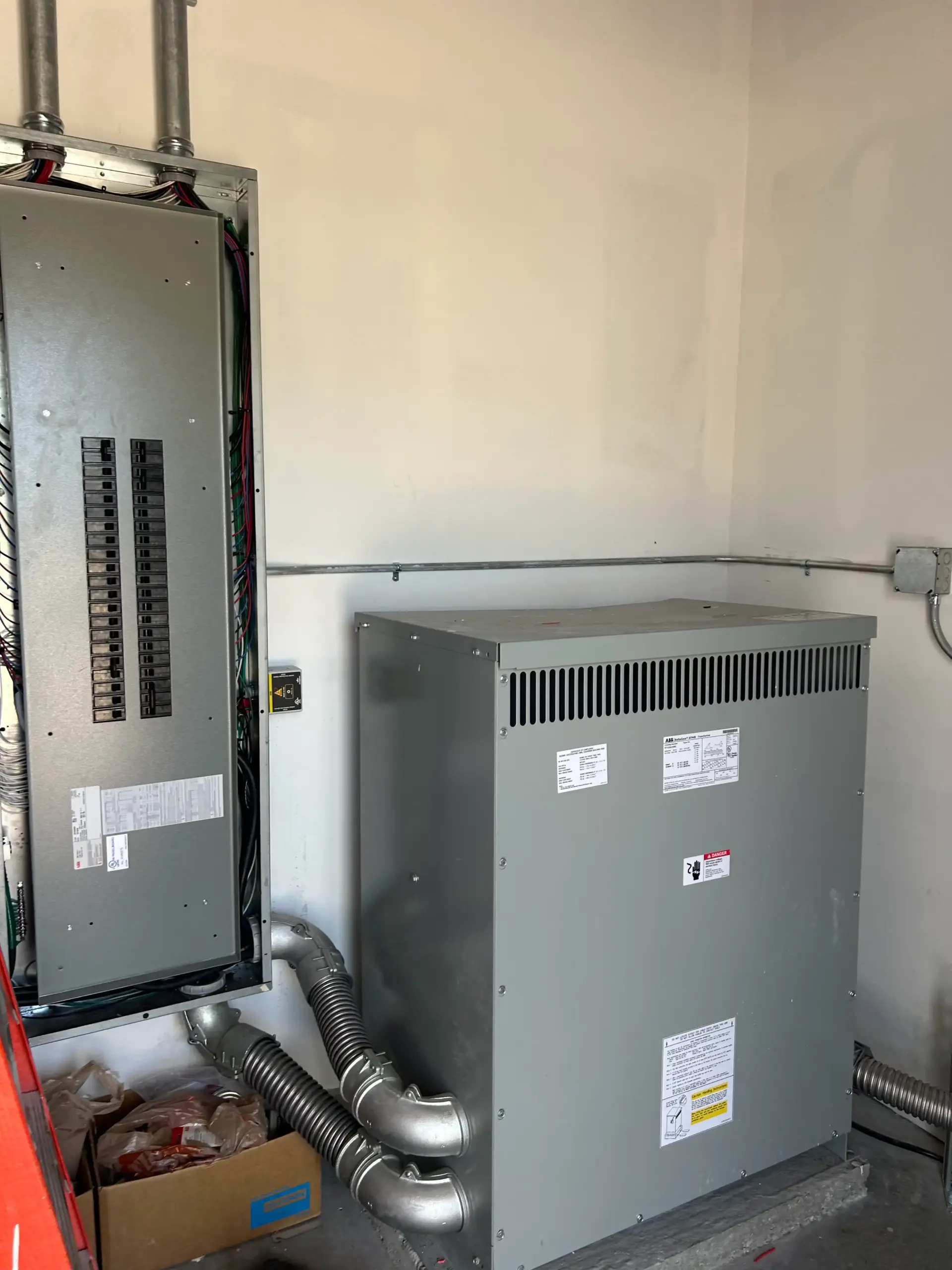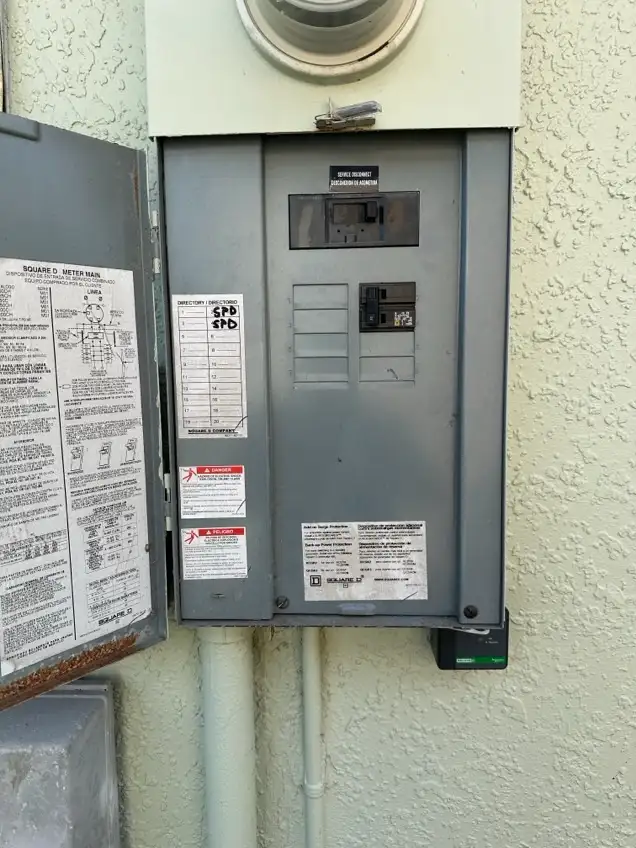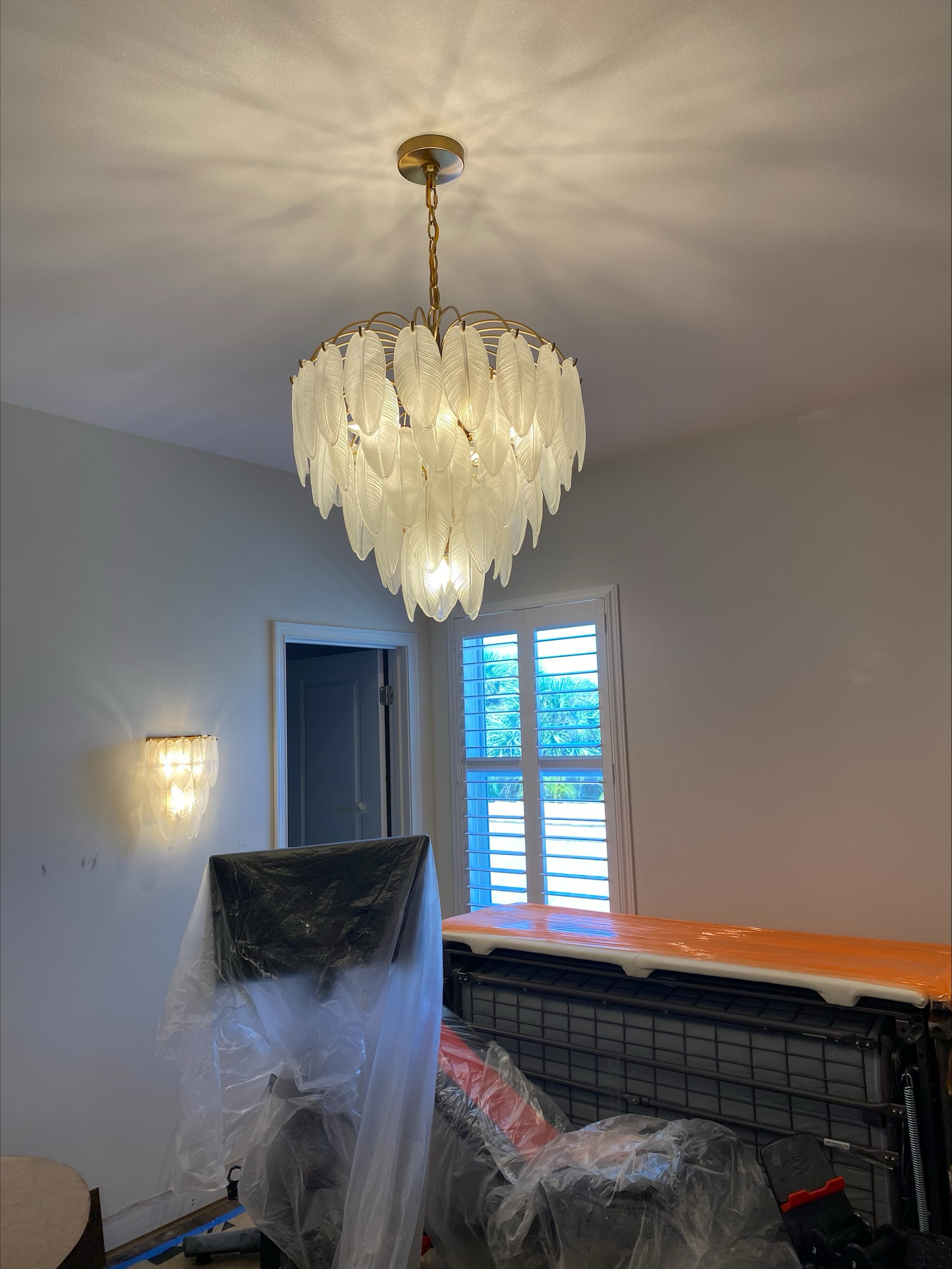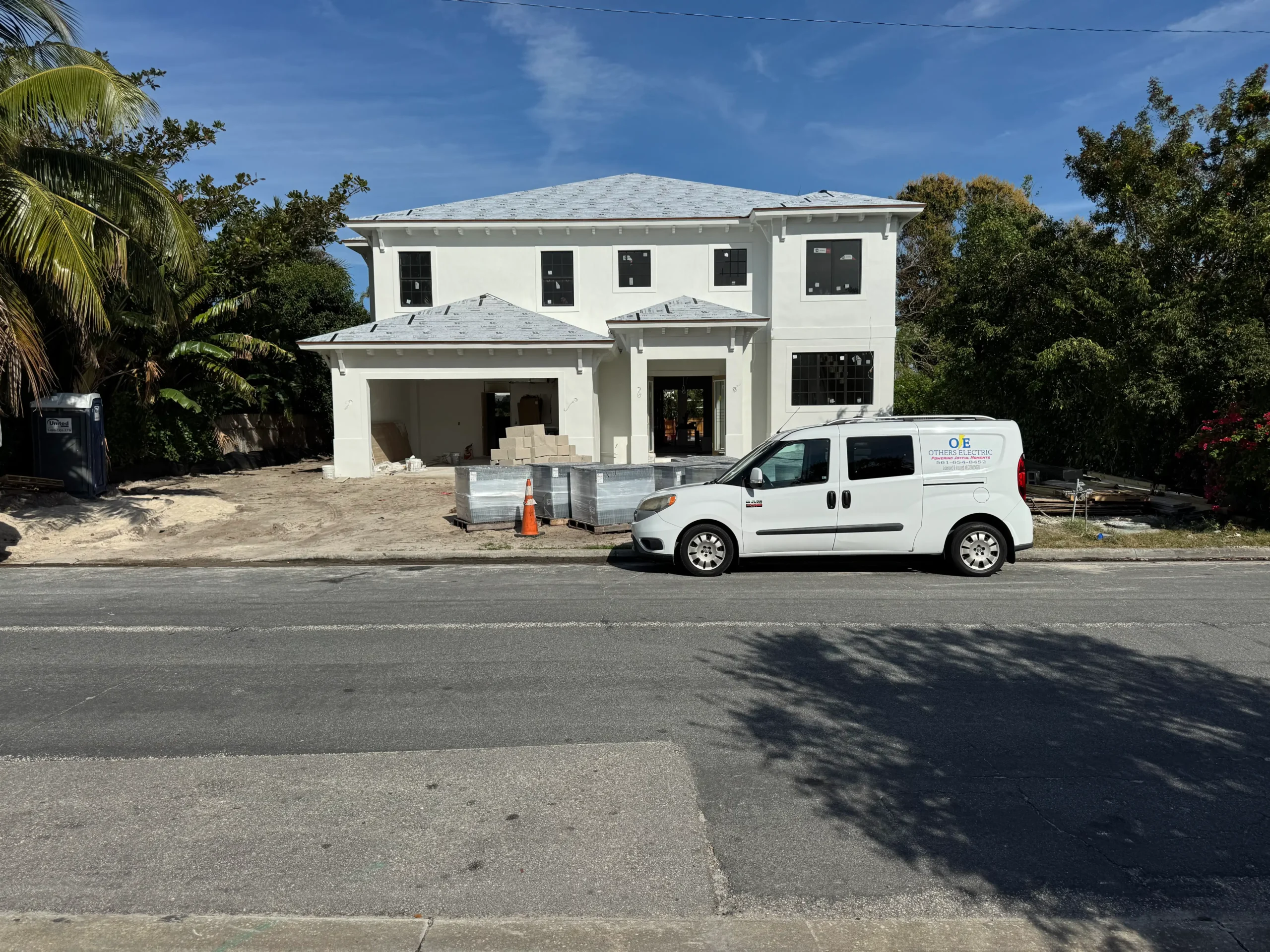When it comes to understanding the voltage of household electric outlets in the U.S., you might often hear both 110 volts (V) and 120 volts used interchangeably. You might be wondering is a household electric outlet 110v or 120v. This can be confusing, but the truth is that most standard household outlets in the United States deliver electricity within the range of 110V to 120V. So, what’s the real difference between 110V and 120V, and why do people refer to both? This article will explore the history, technical specifications, and practical aspects to clarify this common misconception.
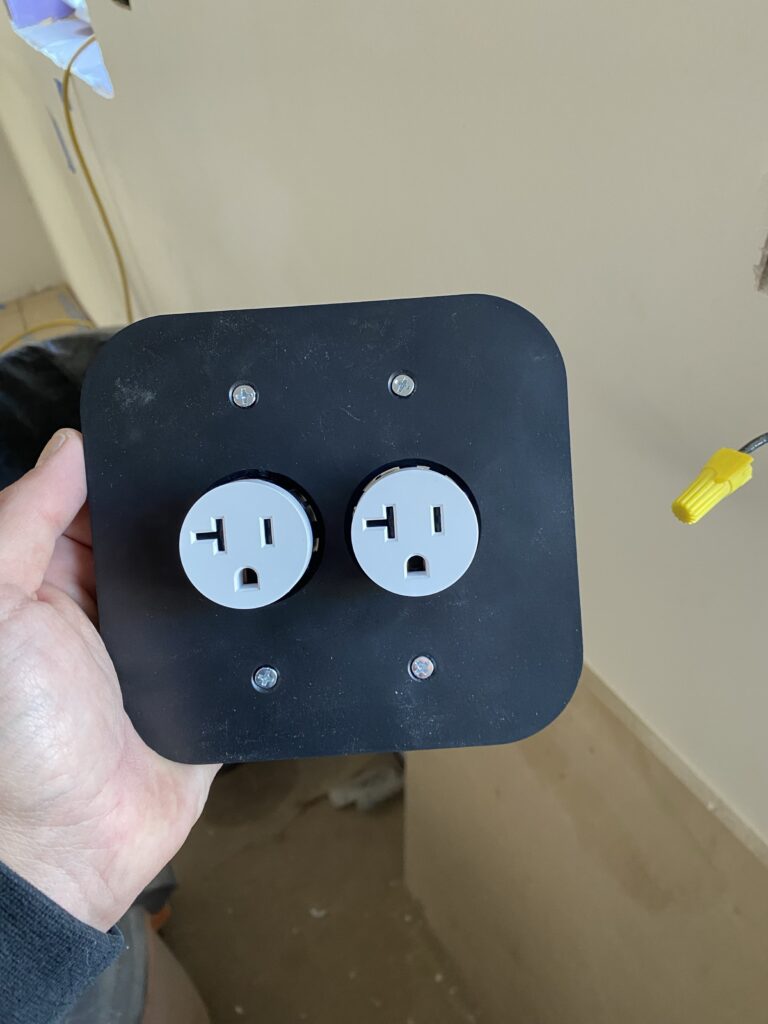
History of 110V vs 120V
To understand why both 110V and 120V are commonly mentioned, it’s important to look at the history of electrical systems in the United States. In the early days of electricity distribution, power systems delivered 110V as a standard. Over time, as electrical demands increased and appliances became more powerful, the standard voltage was gradually increased to 120V to ensure greater efficiency in the power grid and to accommodate the higher energy needs of modern homes.
Despite this change, many people still refer to household outlets as “110V” because the old terminology has persisted. Technically, however, most homes in the U.S. are wired to deliver 120V, even though the actual voltage coming through the outlet can fluctuate slightly depending on the distance from the electrical substation, the load on the grid, or other factors.
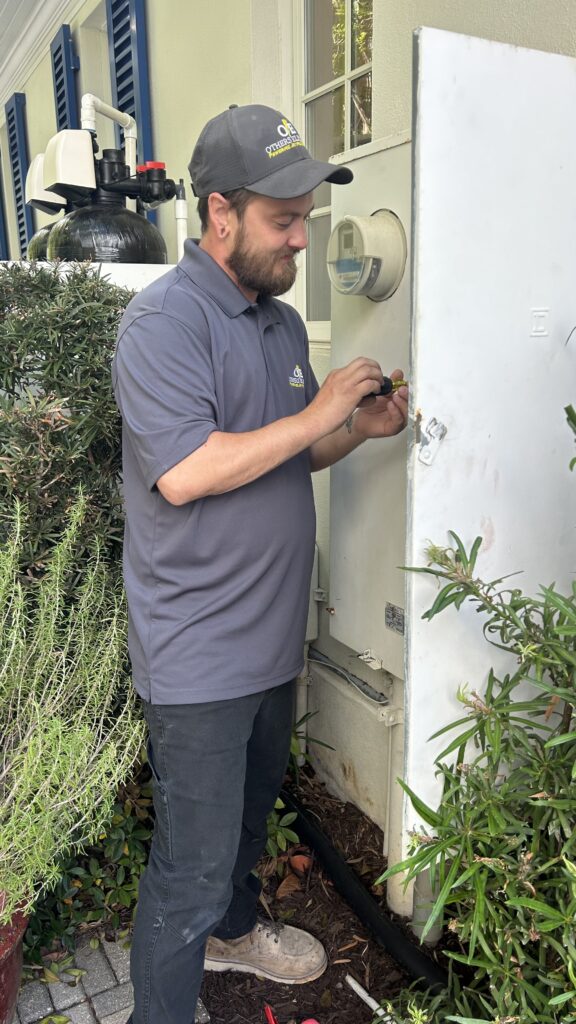
Understanding Voltage Variations: 110V, 115V, and 120V
When discussing household voltage, you may also hear the term 115V thrown into the mix. So what’s the difference between 110V, 115V, and 120V? The answer lies in the slight variations that occur in real-world electrical systems.
– 110V: This was the original standard for household electricity in the U.S. many years ago, but it has mostly been phased out. Some people still use this term out of habit.
– 115V: This represents the nominal or average voltage delivered in many homes. Due to variations in the power supply, the voltage you measure at an outlet might hover around 115V, but this is generally considered close enough to the standard.
– 120V: This is the official standard for household outlets in the U.S. according to the National Electrical Manufacturers Association (NEMA). Appliances and electronics designed for U.S. markets are typically built to handle 120V.
Although the voltage in your outlets may vary slightly, appliances rated for 110V, 115V, or 120V will work just fine in most cases. Manufacturers design household equipment to operate safely within this voltage range.
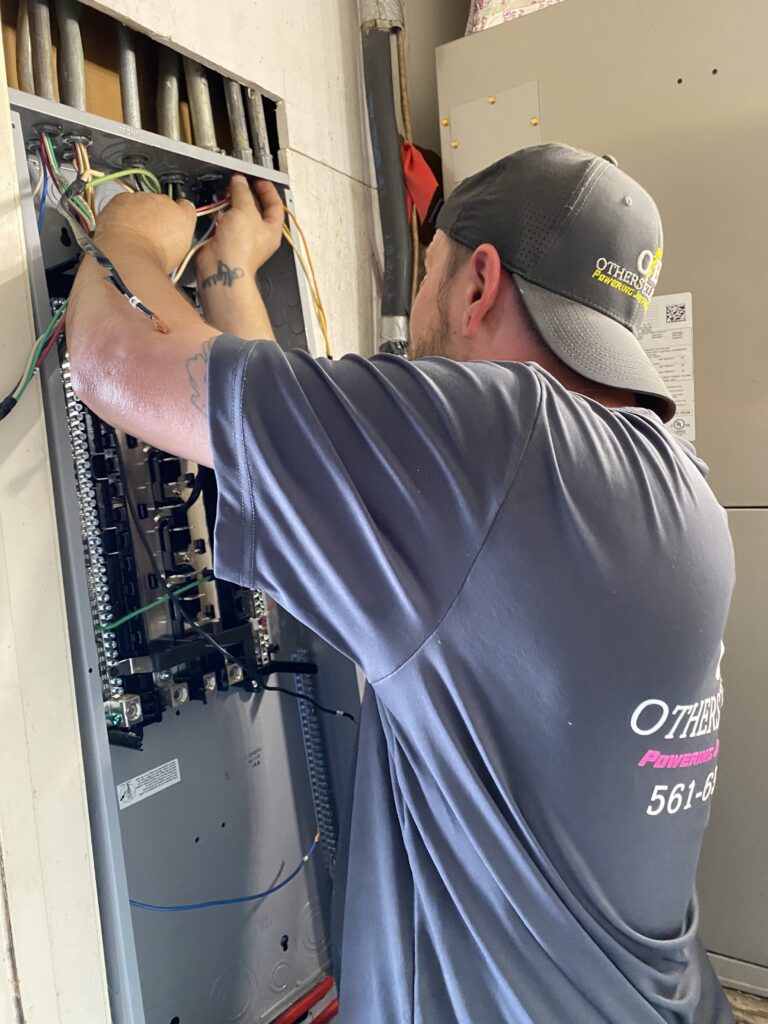
Why Did the U.S. Settle on 120V?
The decision to use 120V as the standard for household outlets in the U.S. is largely historical and technical. Early power systems in the United States followed the lead of Thomas Edison, who originally designed his electrical distribution system to run at 110V. As the demand for electricity grew, so did the need for higher voltages, and by the mid-20th century, 120V became the new standard. This allowed for more efficient power transmission, reduced energy loss over long distances, and helped accommodate the increasing energy consumption of household appliances.
The choice of 120V as the standard also had to do with safety concerns. Higher voltages, such as the 220V systems used in Europe, are more dangerous and can pose a greater shock risk. The U.S. electrical system strikes a balance between providing sufficient power for everyday appliances while minimizing the potential hazards associated with high-voltage electricity.

Voltage and Appliance Compatibility
Household appliances in the U.S. are designed to operate at 120V, but they can typically handle minor fluctuations in voltage without issue. Most modern appliances, from refrigerators to televisions to power tools, are built to accommodate a range of voltage inputs, usually from 110V to 120V, so they will work efficiently even if the voltage varies slightly.
For example, an appliance rated for 115V will operate perfectly fine in a standard household outlet, even though the voltage may be closer to 120V. Similarly, an appliance rated for 110V will function just as well, as the difference in voltage is small enough that it won’t cause any damage to the equipment. However, it’s always a good idea to check the manufacturer’s specifications for each appliance to ensure it is compatible with the standard voltage in your region.
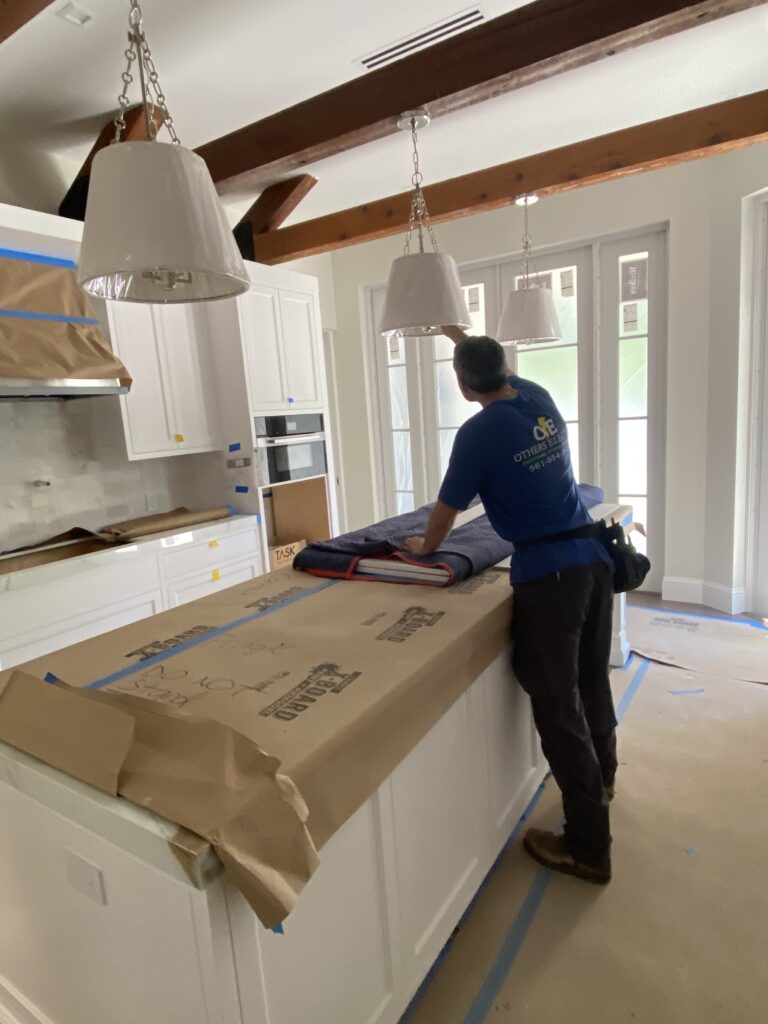
What About 220V or 240V Outlets?
While 120V is the standard for most household outlets in the U.S., some appliances require more power and use higher-voltage outlets. For example, large appliances like electric dryers, ovens, and HVAC systems often require 220V or 240V outlets. These outlets look different from standard outlets and are typically reserved for high-power devices.
If you’re installing or replacing a high-power appliance, it’s important to ensure that the outlet is rated for the appropriate voltage. Attempting to plug a 240V appliance into a 120V outlet will not only cause the appliance to malfunction but can also pose a fire hazard.
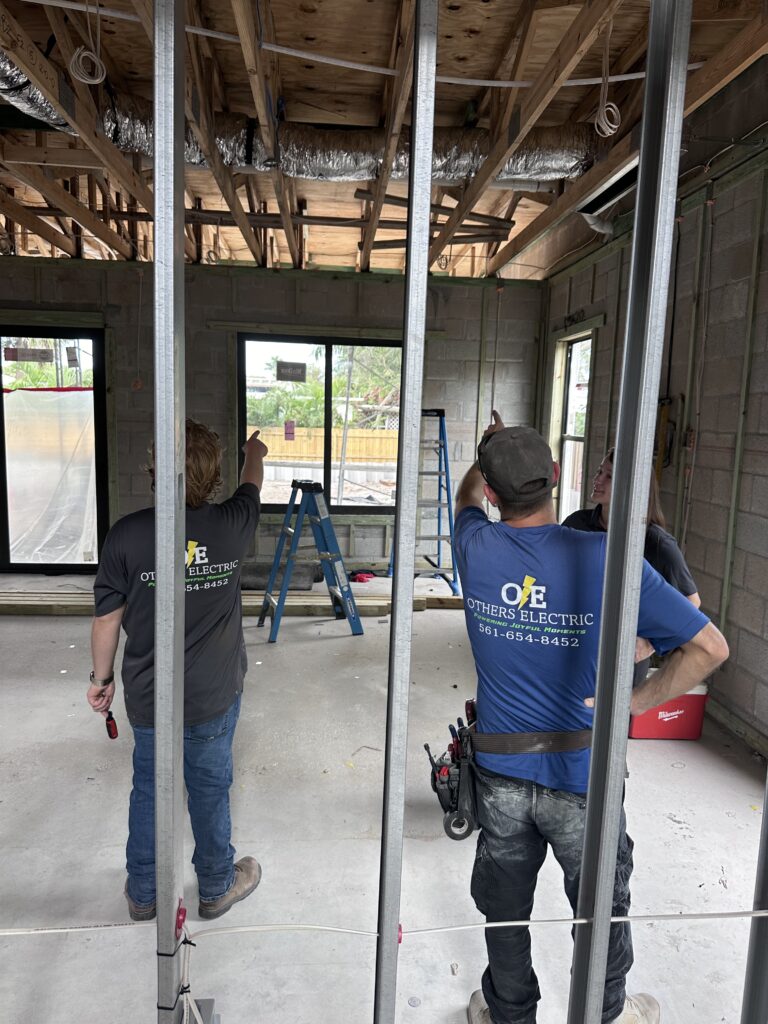
Safety Considerations For Your Home & Business
Even though the U.S. uses a relatively low-voltage standard (120V), it’s still important to take precautions when working with household electricity. Electrical shocks, though less severe than those from higher-voltage systems, can still cause injury or, in extreme cases, death. Always turn off the power at the breaker before working on outlets, and consider consulting a licensed electrician if you’re unsure about the safety of your wiring or electrical system.
If you’re ever uncertain about the voltage in your home or are planning to use an appliance that requires a specific voltage, it’s worth investing in a multimeter to measure the voltage at your outlets. This simple tool can provide peace of mind and help you avoid potential electrical hazards.
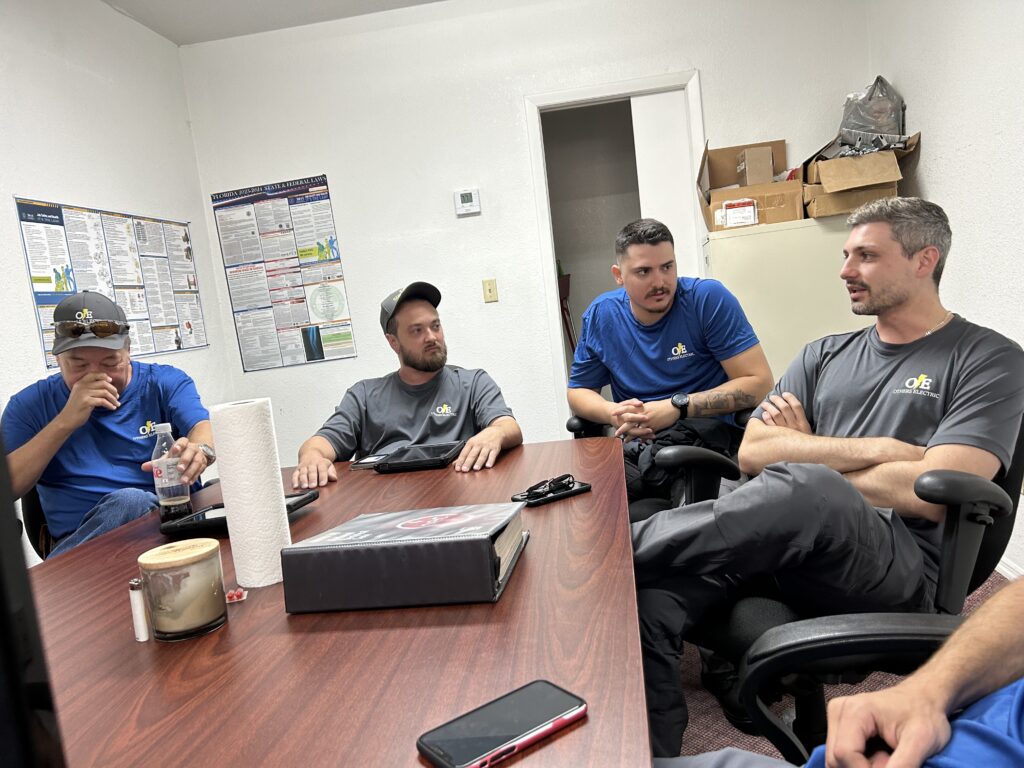
Conclusion
In conclusion, most household electric outlets in the U.S. deliver 120V, though you may still hear people refer to them as 110V. The slight variations in voltage are due to historical factors and the real-world performance of electrical systems. Appliances designed for 110V, 115V, or 120V will typically work fine in standard household outlets, and manufacturers account for these small variations when designing their products.
Whether you’re moving to a new home, installing new appliances, or just curious about the voltage in your house, understanding the difference between 110V and 120V can help you make informed decisions and ensure your appliances operate safely and efficiently. If you ever encounter appliances that require 220V or 240V, be sure to use the appropriate outlets and consult a professional electrician if you have any doubts about your home’s electrical system.
For any complex electrical installations or upgrades, it’s always best to reach out to professionals like our team at Others Electric. We specialize in ensuring that your home is safely and properly wired for any appliances or electrical systems you plan to use.


